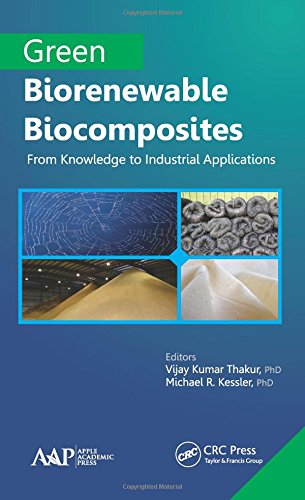

Most ebook files are in PDF format, so you can easily read them using various software such as Foxit Reader or directly on the Google Chrome browser.
Some ebook files are released by publishers in other formats such as .awz, .mobi, .epub, .fb2, etc. You may need to install specific software to read these formats on mobile/PC, such as Calibre.
Please read the tutorial at this link: https://ebookbell.com/faq
We offer FREE conversion to the popular formats you request; however, this may take some time. Therefore, right after payment, please email us, and we will try to provide the service as quickly as possible.
For some exceptional file formats or broken links (if any), please refrain from opening any disputes. Instead, email us first, and we will try to assist within a maximum of 6 hours.
EbookBell Team

4.8
84 reviewsKeeping in mind the advantages of bio-based materials, this book focuses on the potential efficacy of different biocomposites procured from diverse natural resources and the preparation and processing of the biocomposites to be used for a variety of applications. Each chapter gives an overview on a particular biocomposite material and its processing and successful utilization for selected applications. The chapters summarize recently developed research on such topics as:
• Spider silk biocomposites
• Biogenic hydroxyapatite-based implant biocomposites
• Liquid crystals and cellulose derivatives biocomposites
• Bio-based epoxy resins
• Bio-based polyphenols and lignocellulosic fibers
• Wood-based biocomposites
• Flame retardant biocomposites
• Biocomposites for industrial noise control
• Cellulose-based bionanocomposites
Each individual chapter also focuses on the knowledge and understanding of the interfaces manifested in these biocomposites systems and the optimization of different parameters for novel properties. In addition to this, the book also summarizes the recent developments made in the area of injection molding of biocomposites, chemical functionalization of natural fibers, processing of biocomposites, and their applications in the automotive and biomedical industries. A number of critical issues and suggestions for future work are discussed, underscoring the roles of researchers for the efficient development of biocomposite materials through value addition to enhance their use.